Contents
Get Affordable Blepharoplasty in Thailand!
If you're struggling with sagging skin on your upper or lower eyelids, bags under your eyes, and puffiness that makes you look tired or older than you'd like, Eyelid Surgery in Thailand could be the solution you need for a refreshed, youthful appearance. Cost of Blepharoplasty in Thailand starting at just $1,500, you can enjoy cost savings of up to 80% compared to prices in other countries. Plus, you’ll have the opportunity to explore Thailand’s breathtaking beauty before your procedure. Discover more about the options available and how you can enhance your look affordably in one of the world’s top cosmetic destinations.
|
• Location: Thailand • Procedure: Eyelid Surgery (Blepharoplasty) • Package Price: starts at $1,500 • Cost in Other Countries: $3,000 - $5,000 • Doctor: Dr. Pichet Rodchareon, Siripong Prasertsuntarasai, and Dr. Tanongsak Panyayvirulroj. • Top Tourist Attractions: Wat Senassanaram Ayutthaya, Railay Beach, Wat Arun Temple, and many more. |
All-Inclusive Eyelid Surgery in Thailand Packages
Looking for a specific type of eyelid surgery in Thailand? You can rely on our PlacidWay team who works with Thai clinics in order to create a specially designed package for your cosmetic needs. For example, we have a package for upper or lower eyelid surgery at the same price of just $1500. You can either book this package or contact us to make a unique package for Thailand eyelid surgery that will help you save money and enjoy your vacation.
`Cost of Blepharoplasty in Thailand
The Cost of Blepharoplasty in Thailand offers incredible value for those seeking quality cosmetic procedures at a fraction of the price. With rates starting as low as $1,500, patients can save up to 80% compared to the costs in Western countries, all while receiving care in top-rated clinics with internationally trained surgeons. Thailand’s medical tourism industry is renowned for providing excellent services at affordable prices, making it a popular choice for eyelid surgery. Whether you're looking to enhance your appearance or address functional issues, Thailand combines expertise and affordability in one remarkable package.
Top-Rated Cosmetic Surgery Clinics in Thailand for Blepharoplasty
With modern facilities, affordable prices, patient-centered care, and top-class surgeons Thailand has become the place for foreign patients looking for cosmetic surgery options. The clinics adhere to internationally-recognized hygiene and safety standards and provide high-quality care where you can save at least 50%. We will help you choose the facility and plastic surgeon in Thailand you can trust. Therefore, below we have listed some of the best Thai clinics for blepharoplasty where you can read reviews, find certified surgeons, and see clinic photos. The top 3 cosmetic surgery clinics in Thailand include
Video About Plastic Surgery in Thailand
Watch our video to learn more about Plastic Surgery in Thailand, where top-quality procedures meet affordability. Thailand is a leading destination for those seeking cosmetic enhancements, offering world-class surgeons, state-of-the-art facilities, and up to 80% savings compared to other countries. Whether you're considering eyelid surgery, breast augmentation, or a facelift, this video will guide you through the exceptional care and stunning recovery experiences that Thailand has to offer. Discover how you can achieve your desired look while enjoying a beautiful vacation in this tropical paradise!
Plastic Surgery in Thailand Reviews
Explore real Plastic Surgery in Thailand Reviews from patients who have transformed their looks while experiencing the best of Thai medical care. Hear firsthand stories of how top surgeons, modern facilities, and affordable pricing made their cosmetic journey not only accessible but life-changing. From eyelid surgery to complete body makeovers, these reviews provide valuable insights into the quality, professionalism, and personal experiences in Thailand's renowned cosmetic clinics. Find out why so many people choose Thailand for their plastic surgery needs!
Eyelid Surgery in Thailand FAQs
If you're considering Eyelid Surgery in Thailand, you're likely curious about the process, costs, and recovery. To help you make an informed decision, we've compiled the top frequently asked questions (FAQs) about eyelid surgery in Thailand and provided clear answers to guide you.
What is Eyelid Surgery (Blepharoplasty)?
Eyelid surgery, also known as blepharoplasty, is a cosmetic procedure that removes excess skin, fat, and muscle from the upper or lower eyelids to create a more youthful, refreshed appearance. It can address droopy eyelids, puffiness, and bags under the eyes.
How much does Eyelid Surgery cost in Thailand?
Cost of Blepharoplasty in Thailand typically starts around $1,500, depending on the clinic and the complexity of the procedure. This is significantly more affordable compared to Western countries, without compromising on the quality of care.
Why should I choose Thailand for Eyelid Surgery?
Thailand is renowned for its highly skilled cosmetic surgeons, state-of-the-art medical facilities, and cost-effective treatment options. Many clinics cater to international patients, offering top-notch services at a fraction of the cost you’d find elsewhere.
How long is the recovery time after Eyelid Surgery?
Most patients can return to their regular activities within 10 to 14 days after eyelid surgery. However, complete healing may take several weeks, and it's important to follow post-operative care instructions to ensure optimal results.
Are the surgeons in Thailand qualified?
Yes, Thailand boasts many internationally trained and board-certified surgeons who specialize in cosmetic surgery, including eyelid procedures. You can feel confident knowing that the medical professionals are highly experienced in their field.
Is it safe to travel after Eyelid Surgery?
Patients are generally advised to rest for a few days after surgery before traveling. However, light sightseeing is possible during your recovery period, and many patients choose to combine their surgery with a relaxing vacation in Thailand.
How do I choose the right clinic for Eyelid Surgery in Thailand?
Look for clinics that are accredited, have experienced surgeons with positive reviews, and offer transparent pricing and services. It’s also helpful to consult with the clinic beforehand to ensure they meet your specific needs and expectations.
Best Eyelid Surgeons in Thailand
Highly qualified plastic surgeons in Thailand will help you look younger with top-quality eyelid surgery. Thanks to extensive training and years of experience, Thai surgeons can be classified among the best in the world. They will provide a video consultation before your trip to Thailand for eyelid correction and a post-surgery follow-up. Most also speak English well and are members of reputable cosmetic surgery organizations in the country and abroad. Ready to meet your eyelid surgeon in Thailand? Contact us to connect you with the right one for your cosmetic needs and goals.
Explore Medical Tourism in Thailand - Top Places to See Before Eyelid Surgery
Thailand cuisine, natural wonders, and vibrant culture attract millions of tourists per year. Most of them choose to have affordable and effective medical care at high-class hospitals clubbed with a fantastic holiday. If you consider coming to Thailand for cosmetic surgery like blepharoplasty, expect to stay here for a few days. During your stay, probably before the surgery, you can travel across the country and explore its top attractions. We have listed some of the most popular places in the Land of Smiles where you can go and have a good time:
Koh Tachai Similan National Park Thailand
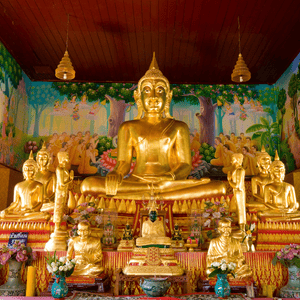
Ayutthaya Historical Park Thailand
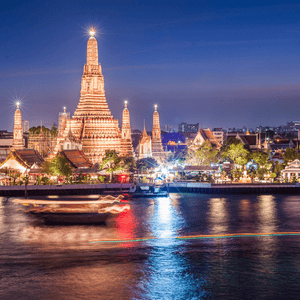
Wat Arun Temple Bangkok Thailand
Book Now Affordable and Quality Eyelid Surgery in Thailand!
Book Now for Affordable and Quality Eyelid Surgery in Thailand! Discover the perfect combination of affordability and excellence with Eyelid Surgery in Thailand and book your consultation today through PlacidWay. We'll help you find the best clinic, top-rated surgeon, and a customized package for your blepharoplasty journey in Thailand. Enjoy world-class care at a fraction of the price. Contact us now for more details and let us guide you toward a refreshed and youthful look!

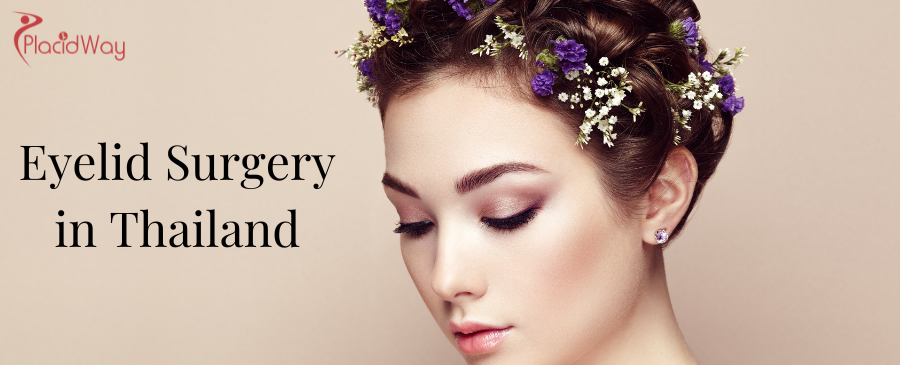
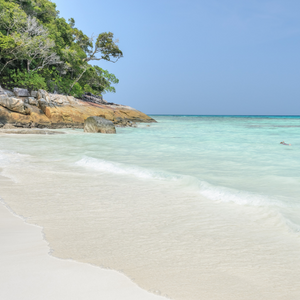



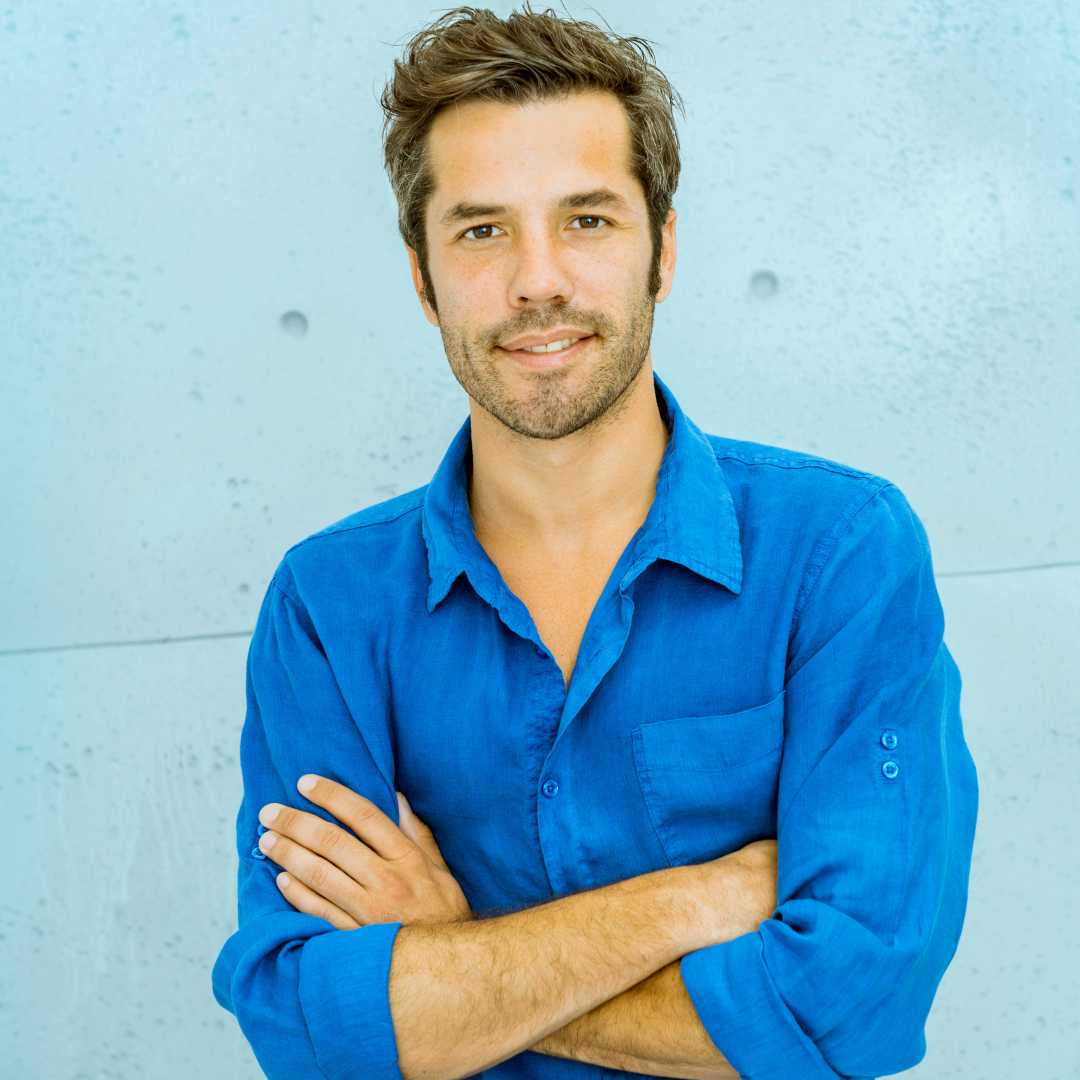


.png)
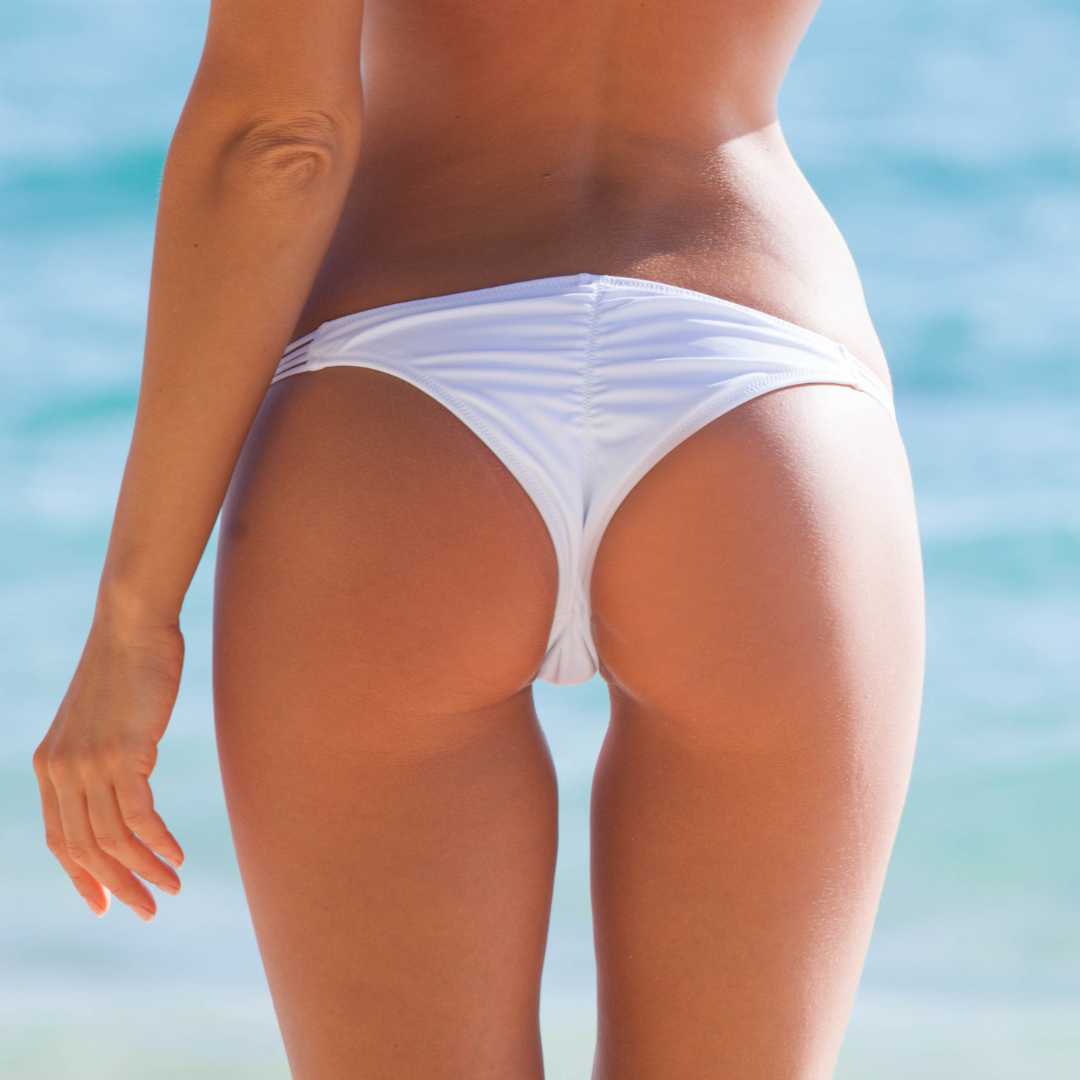
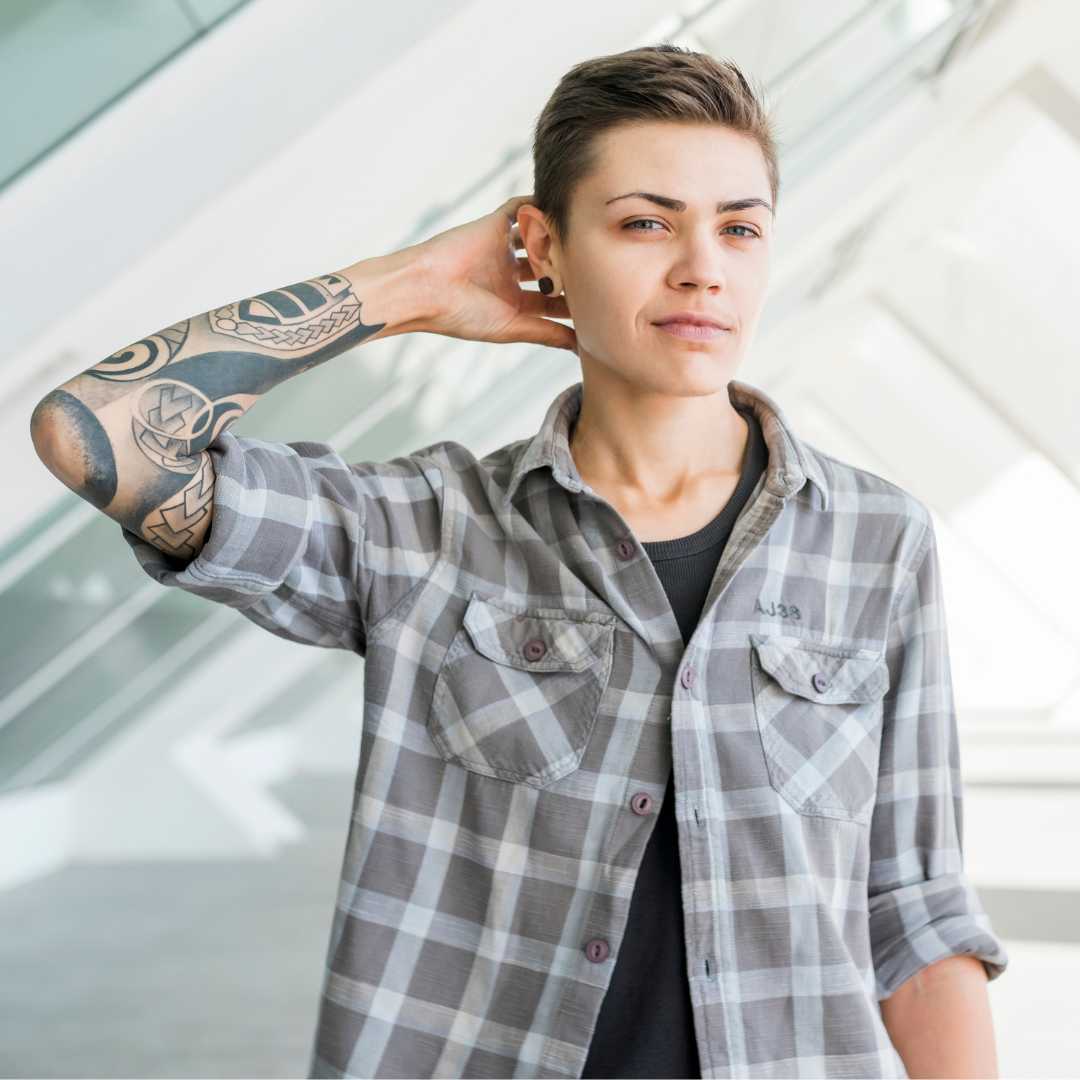
.png)

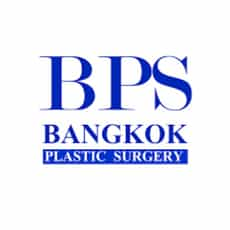
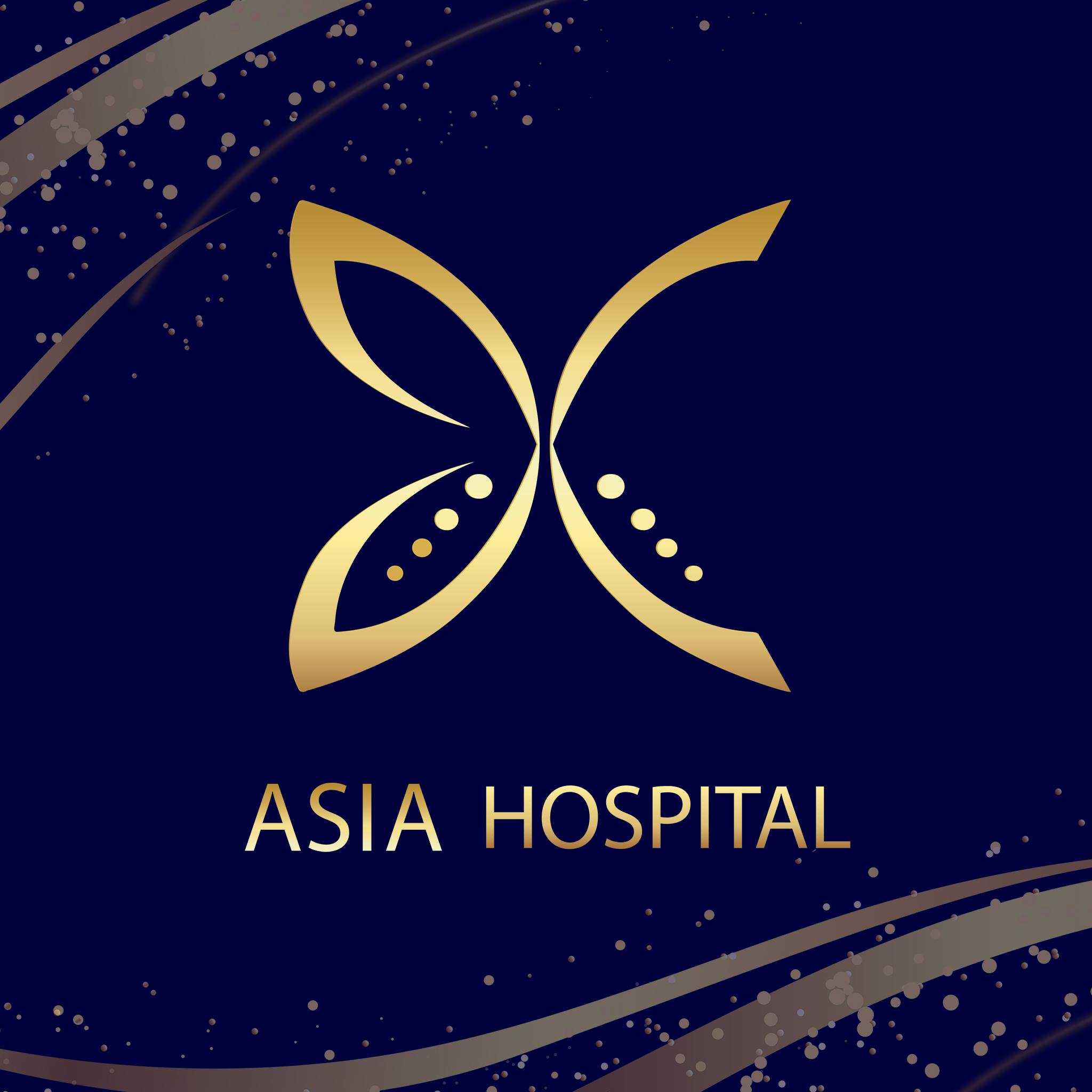
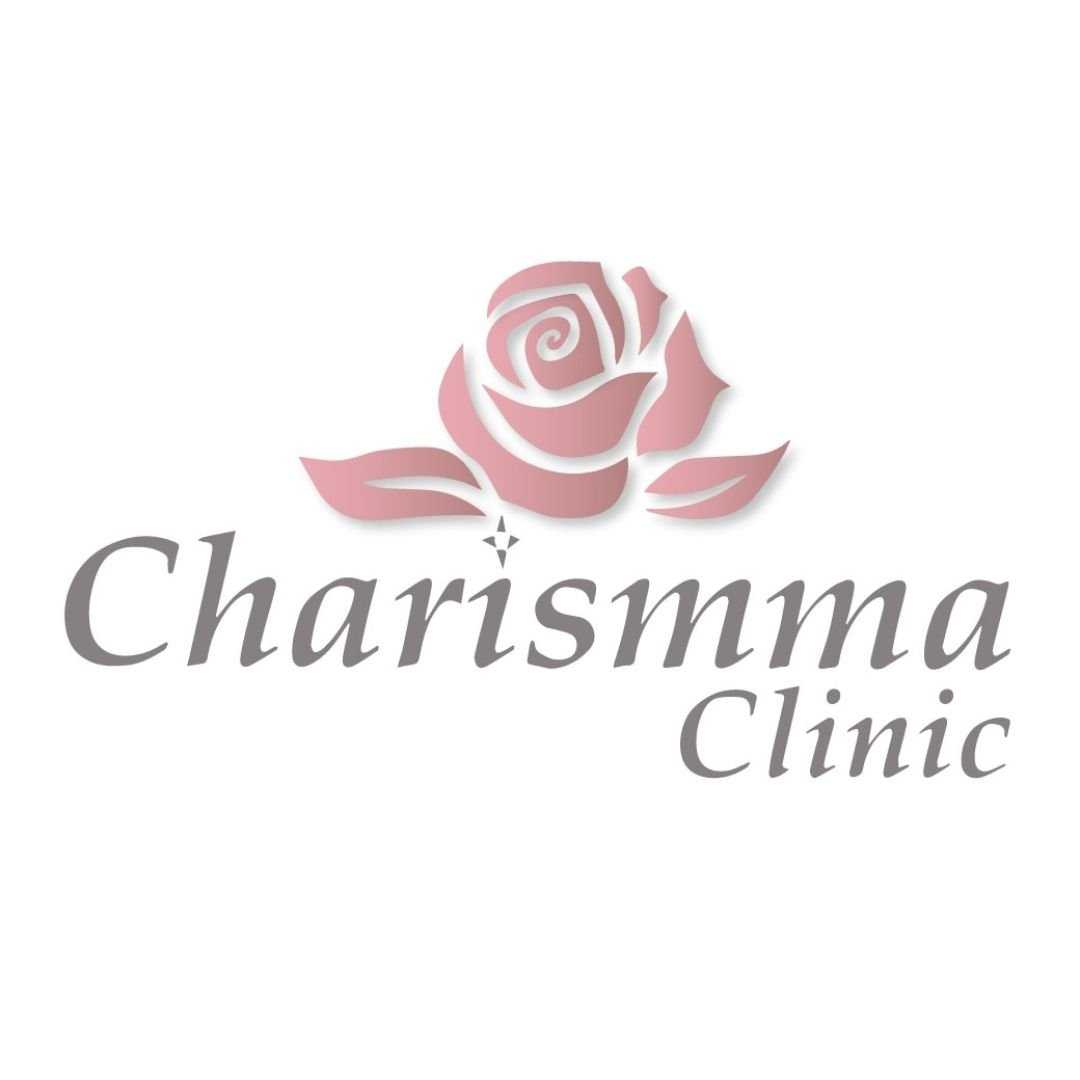
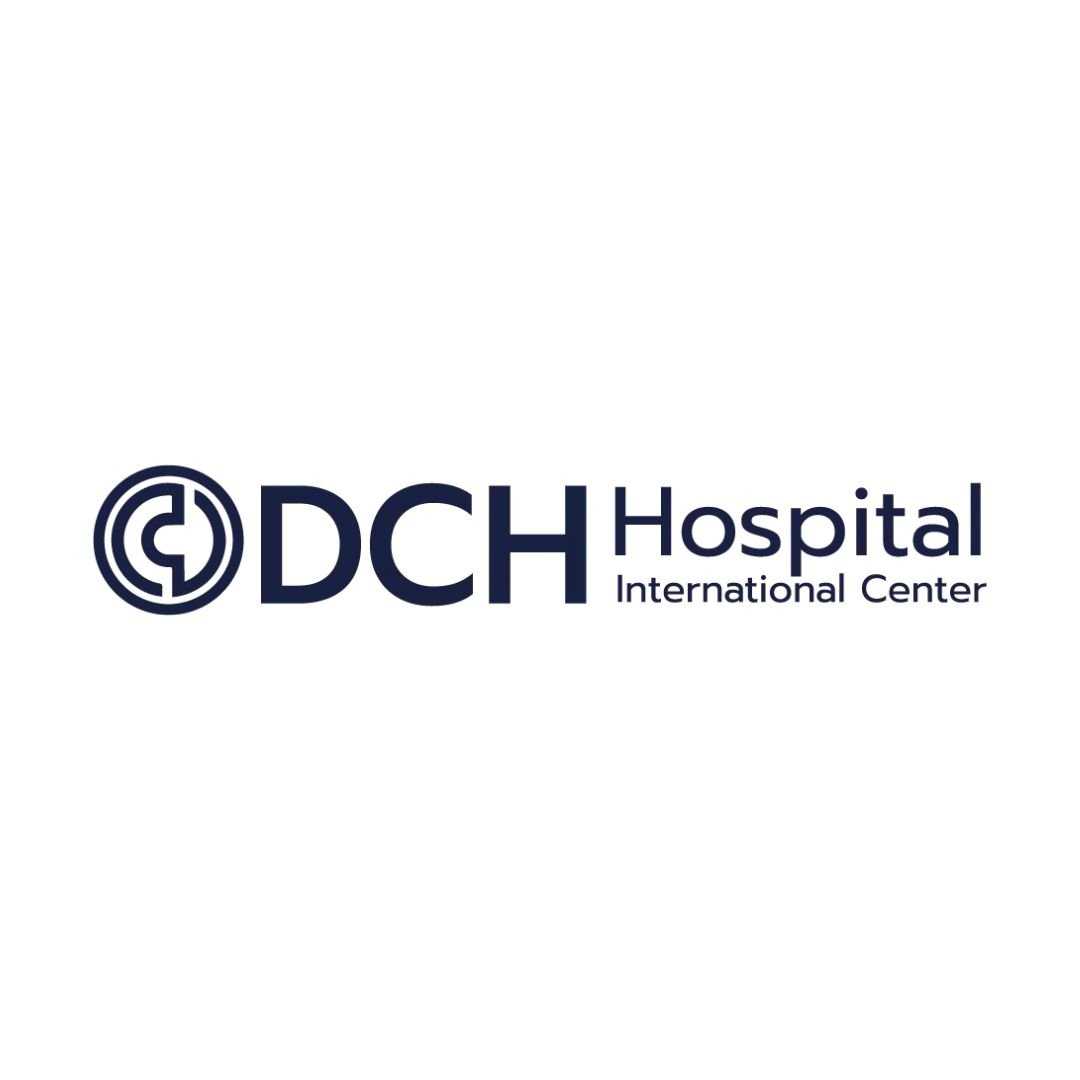

Share this listing